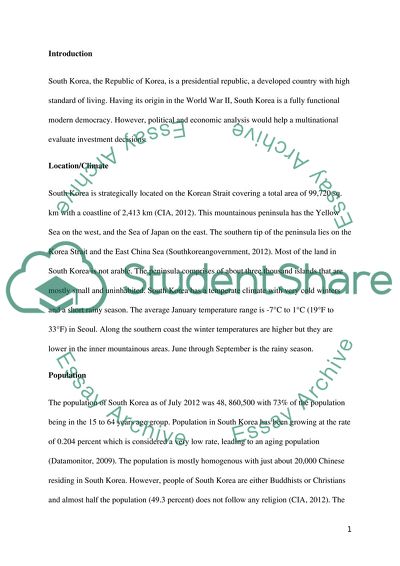Cite this document
(South Korea Country Risk Analysis Research Paper - 1, n.d.)
South Korea Country Risk Analysis Research Paper - 1. https://studentshare.org/finance-accounting/1785403-south-korea-country-risk-analysis
South Korea Country Risk Analysis Research Paper - 1. https://studentshare.org/finance-accounting/1785403-south-korea-country-risk-analysis
(South Korea Country Risk Analysis Research Paper - 1)
South Korea Country Risk Analysis Research Paper - 1. https://studentshare.org/finance-accounting/1785403-south-korea-country-risk-analysis.
South Korea Country Risk Analysis Research Paper - 1. https://studentshare.org/finance-accounting/1785403-south-korea-country-risk-analysis.
“South Korea Country Risk Analysis Research Paper - 1”. https://studentshare.org/finance-accounting/1785403-south-korea-country-risk-analysis.


